Leaves from Laurent d’Orléans, La Somme le roi
Masterpieces of Gothic illumination, these two miniatures originally belonged to a deluxe copy of La Somme le roi, a moral treatise written by the Dominican friar Laurent d’Orléans, confessor of King Philip III of France (1270-1285) and tutor of his children.
The leaves are from one of the earliest surviving copies of the work (London, BL, Add. MS 54180), which was made in the 1290s, probably for Philip IV of France (1285-1314) and his queen, Jeanne of Navarre (1273-1305). Conceived to impress and instruct members of the royal circle, the decoration was entrusted to the leading contemporary Parisian artist, Master Honoré, who illuminated other royal manuscripts.
Learn more about these leaves by exploring the sections below or selecting one of the images on the right. Discover further details by choosing either of the images, where you can view the hotspots by clicking on ![]() .
.
Secular professionals working in the manuscript trade established themselves throughout France, but Paris — the largest city in medieval Europe — dominated the market in the late 13th century. Among the illuminators who have been identified by name is Master Honoré, a native of Amiens, whose work was unsurpassed in finesse and technical execution.
Both leaves are from a copy of the Somme le roi (London, BL, Add. MS 54180) which was probably made for Philip IV of France (1268-1314), known as le Bel (‘the Fair’), and his consort, Jeanne of Navarre (1273-1305). MS 192, which was removed from the volume at an unknown date, came into the possession of Sir John Fenn (1739-1794) and his heirs, before being acquired by Edwin Henry Lawrence (1817-1891), and then Samuel Sanders (1837-1894) who gave it to the Fitzwilliam Museum in 1892. MS 368, likewise removed from the manuscript, was purchased in 1934 by the Friends of the Fitzwilliam Museum.
These full-page miniatures were designed to mark the start of chapters in the Traité des vertus (Treatise of Virtues), the final text in the Somme le roi. The leaves were originally placed after fols. 111 and 156 in the parent manuscript (London, BL, Add. MS 54180). Like the full-page miniatures that have remained in place, these two were painted on separate leaves of thick parchment, with the reverse left blank, before being bound into the volume.
The typical mid-13th-century Parisian palette dominated by ultramarine blue, red lead and organic pink is complemented by carbon black, lead white, verdigris and brown earth pigments. Gold and silver were also used in both miniatures. The palette of MS 368 is enriched by additional materials.
Despite their close relationship, the two leaves display striking differences in overall appearance. MS 192 shows paint losses, light-induced degradation of the binding medium, fading of the pigments and overall darkening, while MS 368 has undergone significantly less damage. This is due to the different provenance of MS 192, removed from its parent manuscript probably long before MS 368 and likely submitted to significant exposure to light. MS 368 helps us understand how MS 192 might have looked in its original state.
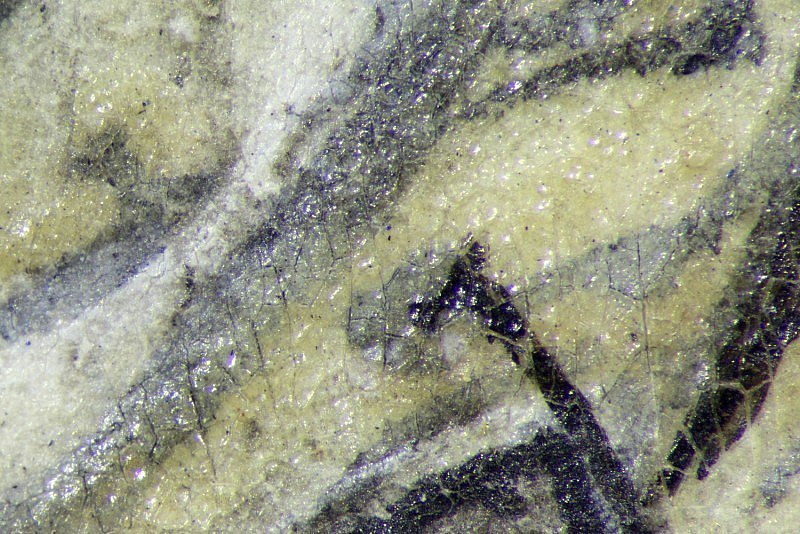
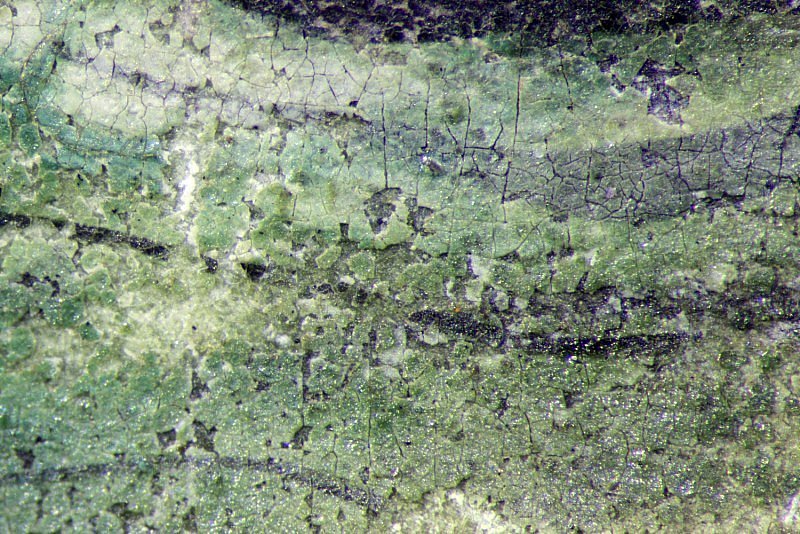
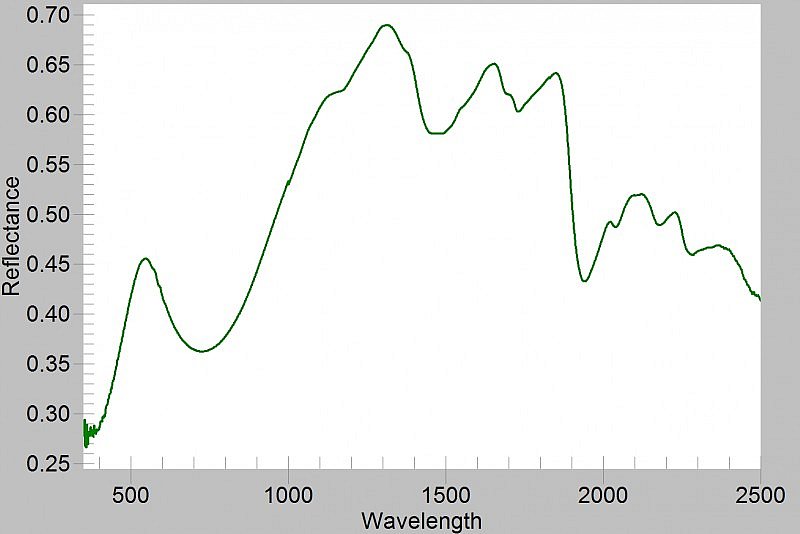
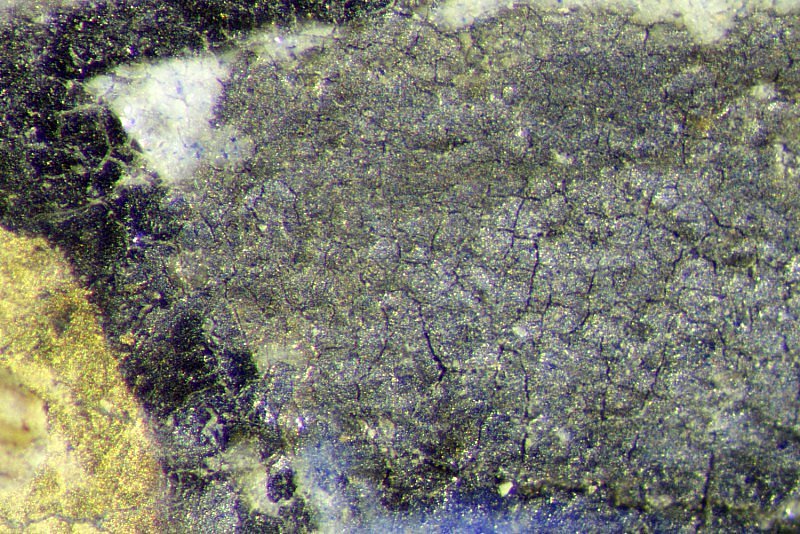
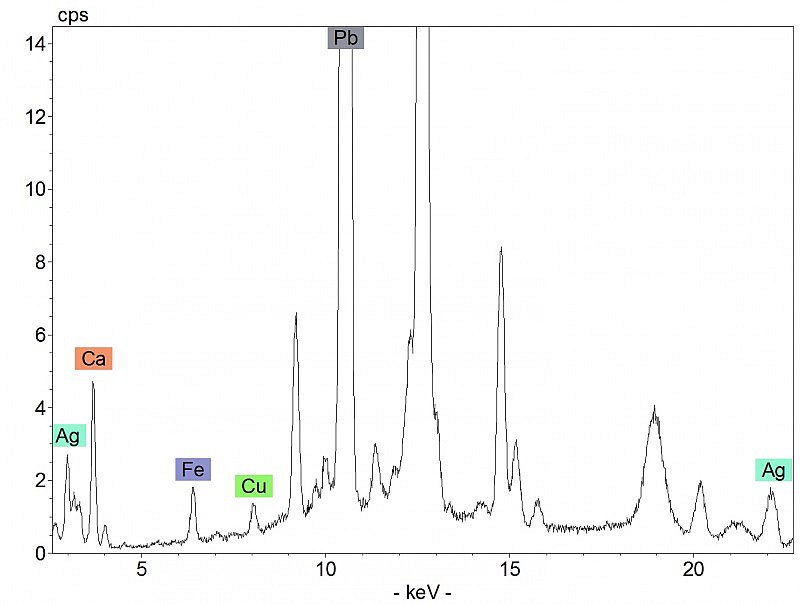
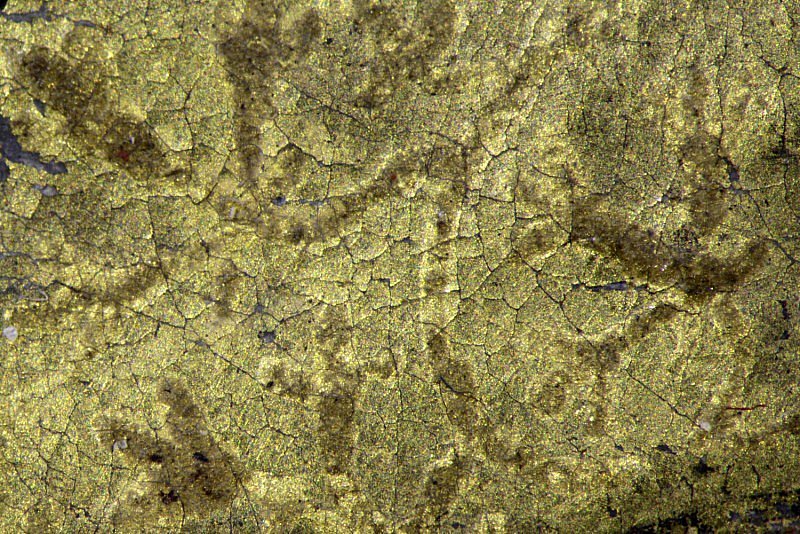
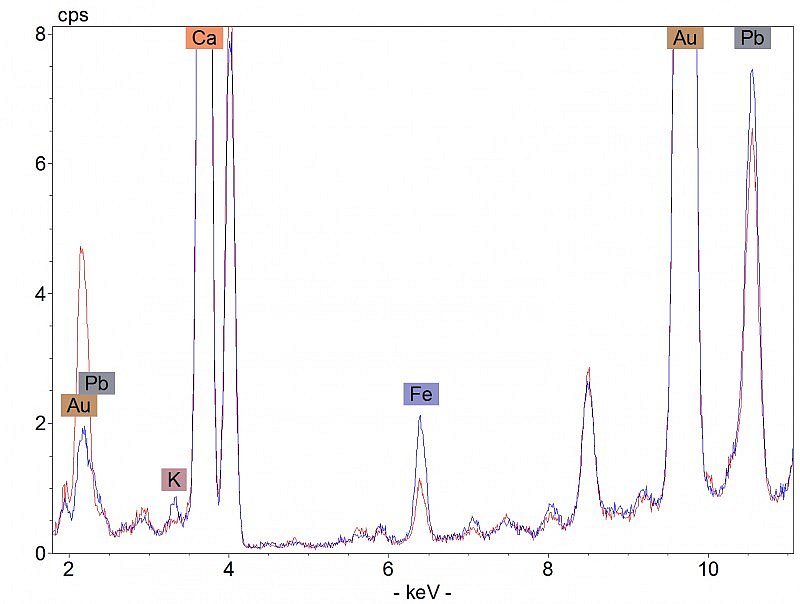
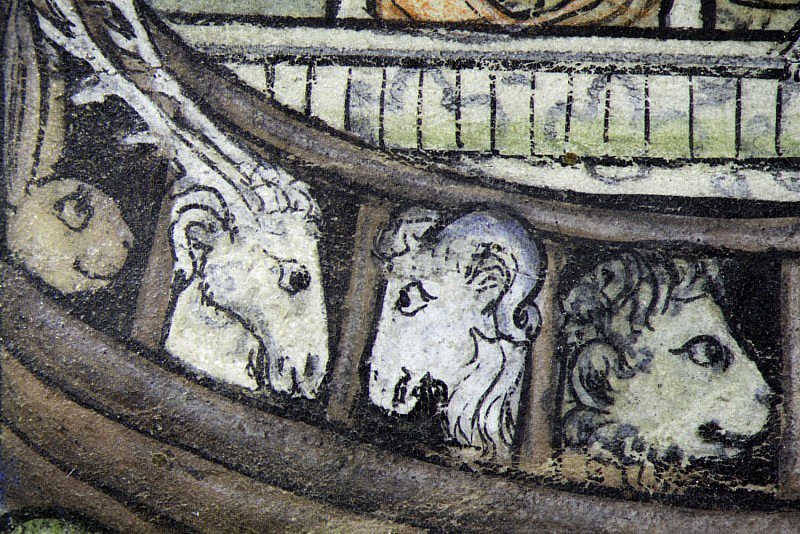
Full-page miniature in four compartments
The miniature contrasts the virtue of Equity (Fairness) with the vice of Felony. At the top left is Equity represented as a female figure, trampling on a recumbent wolf, and holding a plumb line and a medallion emblazoned with a lamb. Her tunic shows a craquelure pattern and the light tan colourant appears to have faded significantly, with both observations suggesting the use of an organic red dye (hotspot 1). The virtue is alluded to more obliquely by the depiction of Noah’s ark, in which the pairing of the animals suggests an equitable arrangement. The green areas below the ark, as well as the inner folds of Moses’ mantle, show severe degradation of the pigment (hotspot 2). The vice of Felony is not represented by a female personification, but is exemplified instead by images of Cain killing Abel, and Moses restraining two combative men. The shovel used by Cain was probably painted with shell silver over a thick layer of lead white (hotspot 3). The gold leaf in the background is decorated with a pattern of rinceaux motifs, which appear as darkened lines (hotspot 4).
